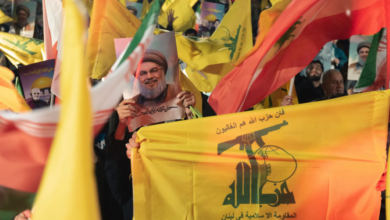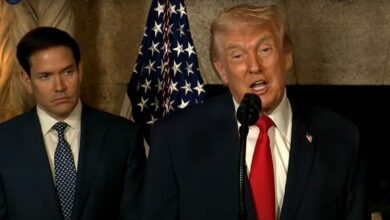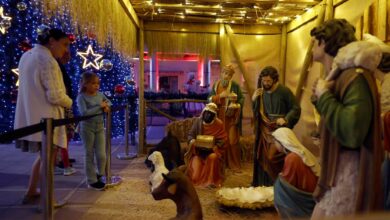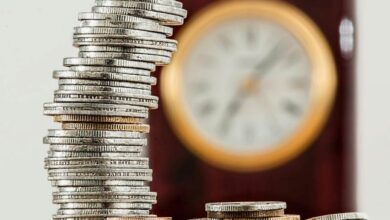Peru Celebrates Pope Leo XIV With Hope And Steadfast Faith
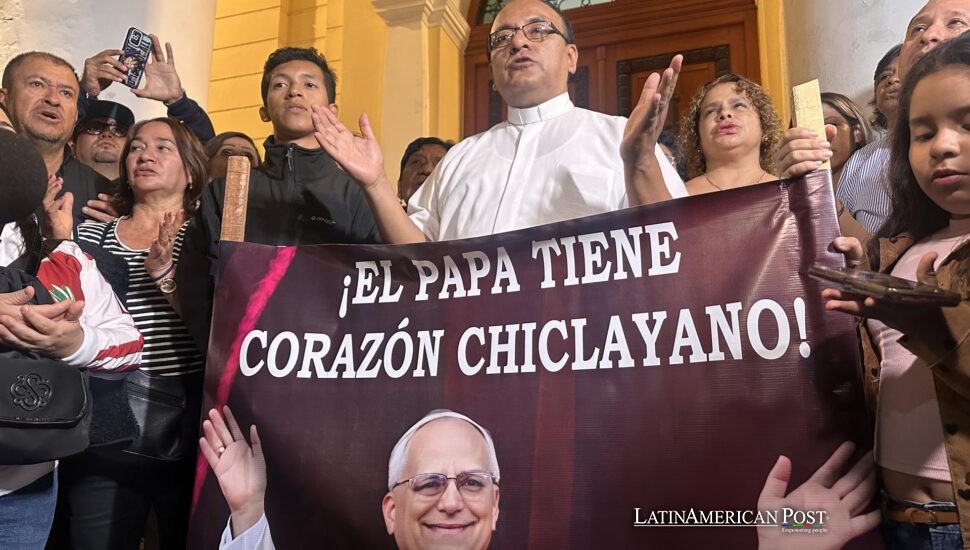
Peruvians are rejoicing today as Pope Leo XIV, hailing from Chiclayo, assumes Catholicism’s highest office. A longtime citizen of Peru, he seamlessly blends Latin American heritage with global leadership, sparking conversations on faith, identity, and contemporary challenges facing the Church.
A Shared Identity That Spans Continents
Halfway through Pope Leo XIV’s inaugural address—delivered partly in Italian—he paused to speak Spanish, smiling warmly as he greeted “my dear Diocese of Chiclayo, in Peru.” This moment resonated powerfully across Peru, where bells tolled in celebratory unison as news spread.
For decades, he divided his life between the United States and Peru. Born Robert Francis Prevost in Chicago in 1955 to French-Italian and Spanish-descent parents, he embarked on a path that eventually led him to serve the Catholic Church in Peru. In 1985, following theological studies in Chicago and canon law studies in Rome, the Church assigned him to an Augustinian mission in Piura. He moved to Trujillo one year later, forging enduring ties with the Peruvian people.
By 2014, Pope Francis had appointed him bishop of Chiclayo, a significant regional post in Peru’s north. Becoming a Peruvian citizen soon after, he often referred to the country as “mi segunda patria” (“my second homeland”). President Dina Boluarte told BBC News, “The pope is Peruvian by choice and conviction,” capturing the national pride. Outside Lima’s cathedral, teacher Isabel Panez echoed these sentiments, noting, “For us Peruvians, it is a source of pride that this is a pope who represents our country.”
Grassroots Leadership in Chiclayo
During his tenure as Bishop of Chiclayo, Pope Leo XIV (then Bishop Prevost) built a reputation for hands-on assistance. His dedication manifested vividly during torrential rains in 2022 when he waded through thick mud to deliver food and blankets to villages isolated by floods. “He has no problem fixing a broken-down truck until it runs,” recalled Janinna Sesa, who met him while volunteering for the Church’s Caritas nonprofit. Speaking to the Associated Press, she remembered how he slept on a thin mattress on the floor, eating traditional potatoes, cheese, and sweet corn dishes. Yet when it appeared, he never turned down the chance for carne asada and a glass of Coca-Cola.
According to Sesa, his commitment extended to health care: he championed the purchase of two oxygen-production plants during the COVID-19 crisis. Peru suffered more than 217,000 fatalities in the pandemic, and oxygen shortages threatened many communities. “He worked so hard to find help that there was not only enough for one plant, but for two oxygen plants,” Sesa told BBC News.
Pope Leo XIV’s grassroots style mirrored that of Pope Francis, with whom he has been described as having a strong bond. Edinson Farfán, the current Bishop of Chiclayo, told BBC News that Pope Leo XIV deeply absorbed the local culture, focusing on “a Church with open doors.” Farfán described his predecessor as profoundly shaped by the warmth and faith of Chiclayo’s people, adding, “He learned here everything he can share and will share with the entire world.”
During his early years in Peru, then-Bishop Prevost joked that he had gone “from Chicago to Chiclayo—the only difference is a few letters,” as reported by Diana Celis, a parishioner who attended his Masses. But those “few letters” symbolized an enormous cultural transition that saw him become a bridge between continents and a champion of solidarity. Jose Luis Perez Guadalupe, who as a minister once oversaw Prevost’s naturalization, called him “a very attentive and very thoughtful man, who listened more than he spoke” in an interview with BBC Mundo.
Controversies and Challenges Ahead
Despite the national pride surrounding the new pope, not all Peruvians view his record without criticism. Serious accusations surfaced regarding his time as Bishop of Chiclayo, specifically about his handling of sexual abuse complaints. In 2023, three women went public with claims that, as bishop, he failed to properly investigate their allegations of abuse by two priests in 2007. They said they raised these concerns with the diocese in 2022 but did not see a formal inquiry. Church officials in Chiclayo responded that the accused priests were placed on precautionary suspension and that the case was referred to the Vatican’s Dicastery for the Doctrine of the Faith. The diocese noted Rome decided to suspend further canonical proceedings.
The unanswered questions stay with Pope Leo XIV as he now leads the Catholic Church across the globe. Certain people watching the situation state that answers to claims of abuse that are both effective and open could either give more support to or lessen his moral power in the global view. His prior experiences in Chiclayo may test his leadership approach and willingness to confront complex issues in an institution already grappling with calls for reform.
Nonetheless, many Peruvians remain optimistic. When violent anti-government protests shook the nation in 2023—resulting in nearly 50 deaths—he expressed sorrow, highlighting the pain felt by communities. His deep ties to Peru also mean he is sensitive to local hardships. That empathy extended to his departure from Peru in 2023 when Pope Francis named him prefect of the Dicastery for Bishops and president of the Pontifical Commission for Latin America—key Vatican roles that shape the global Church. He reportedly asked to stay longer in Peru, underscoring his strong personal bond with the region.
Now, as Pope Leo XIV, he stands at the threshold of a new era. Peruvians like Thomas Nicolini, a student from Chiclayo living in Rome, hope his papacy will “reignite the faith young people have lost.” Nicolini told the Associated Press, “A beautiful area, but one of the regions that needs lots of hope,” referring to Chiclayo’s social and economic challenges.
For a Church seeking unity amid crisis and controversies, a pope with firsthand knowledge of life in one of Latin America’s most vibrant yet troubled corners could inject a fresh perspective. Whether addressing sexual abuse scandals, championing social justice, or fostering dialogue among diverse Catholic communities, Pope Leo XIV carries the expectations of millions who see in him a reflection of Peruvian resolve and compassion.
Also Read: Latin America Unveils WWII Memories Eighty Years After Europe’s Peace
With his hallmark humility and grassroots sensibilities, he may well redefine how the Catholic Church engages marginalized populations worldwide. Celebrations proceed in Chiclayo’s Cathedral of Saint Mary. Many people think his deep connections to Peru will only improve global Catholic history. This will lead to a new focus on service, accountability, and conversation between cultures.

